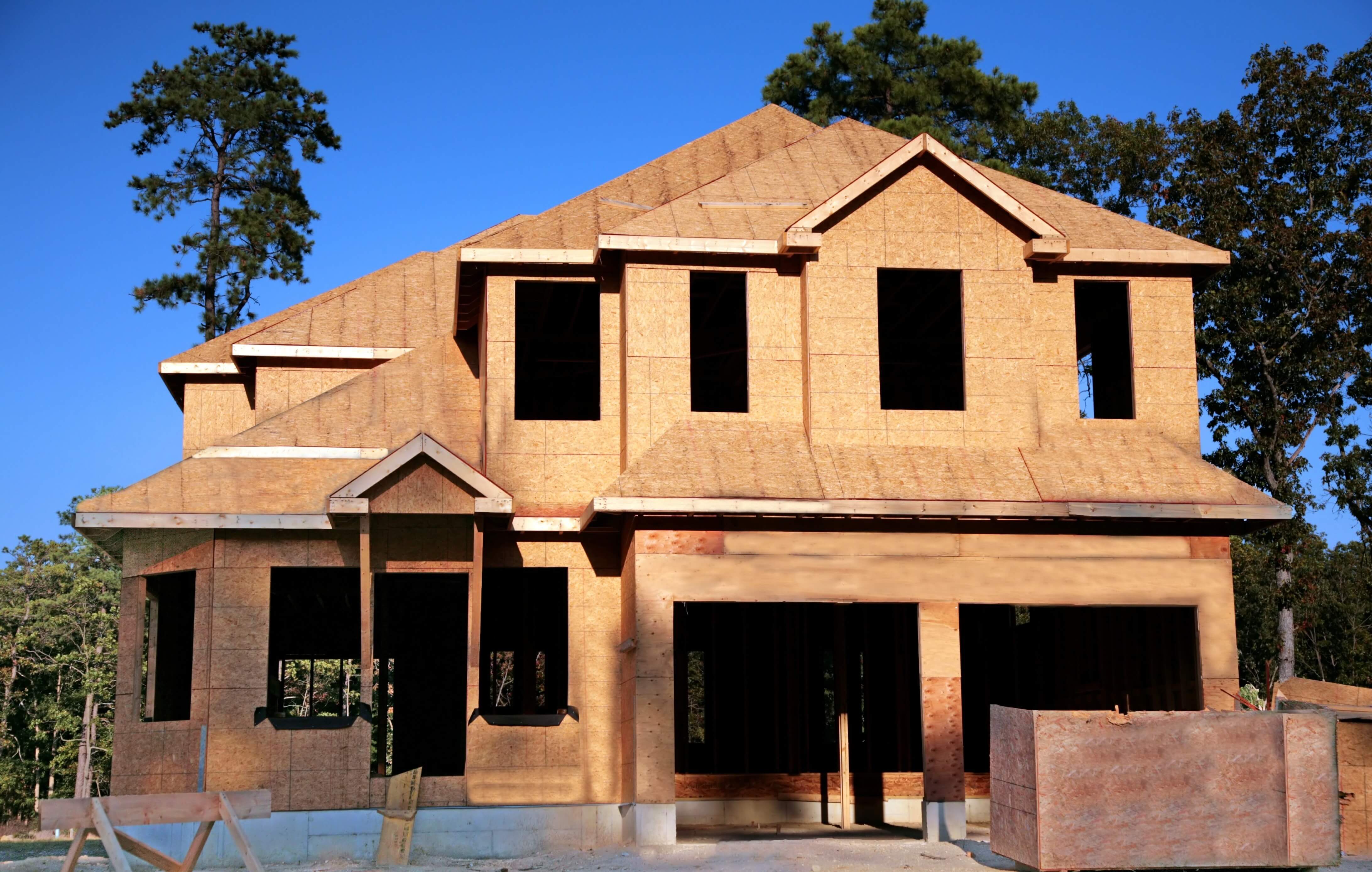Constructing a fresh home is an thrilling venture that stands as one of the most significant investments you will undertake in your lifetime. However, the task can be complex, demanding meticulous planning, organization, and execution. This is where good project management is crucial, serving as the backbone of effective home construction. Navigating through design choices, budgeting, and construction timelines requires a well-defined strategy and effective coordination among various stakeholders, such as architects, contractors, and suppliers.
In this article, we will examine the critical aspects of project management in home building and offer insights that will help you on your journey to your ideal home. From understanding the timeline and costs associated to making the right design choices and avoiding frequent pitfalls, comprehensive project management is essential to ensure that your new home fulfills your needs in terms of standards, functionality, and appearance. Whether you are a first-time builder or a experienced homeowner, the guidelines outlined here will lead you through the intricacies of new home construction.
Preparing Your Home Build
The preparation phase of your home build is vital in guaranteeing a smooth construction process. Start by establishing your goals and wishes, including the dimensions, style, and features you desire in your new home. Create a list of essentials and nice-to-haves, which will steer your decisions as you move ahead. Additionally, reflect on the area of your home and how it fits into your daily life, taking into account proximity to schools, work, and facilities.

Next, it is crucial to create a practical budget that captures your vision while taking into account potential hidden costs. Explore the current market to understand the estimated costs of materials and labor, and allocate funds for unexpected expenses that may arise during construction. This step will help you decide whether to build a bespoke home or opt for a template model and influence your choices regarding materials and finishes.
Finally, forming a qualified team is necessary for a successful home build. Begin by hiring an seasoned home builder with a good reputation in the industry. top article and conduct interviews to ensure they align with your goals and can realize your vision effectively. Additionally, if needed, consider contracting an architect to enhance your design and navigate building permits and zoning laws, creating a solid foundation for your home building journey.
Understanding Costs and Funding
When starting the venture of brand new home construction, understanding the costs involved is paramount. Budgeting for a fresh home build goes above just the sticker price of the building. You need to factor in land acquisition, approvals, utility service installations, and outdoor design, which can significantly affect your overall cost. Additionally, unexpected costs such as unexpected site issues, design modifications, and delays can occur, so it’s crucial to carve out a contingency fund to cover any unforeseen events that may arise during the build.
Financing your new home building can be challenging, but knowing your choices helps in making informed decisions. Building loans typically contrast from traditional mortgages, as they are brief loans designed to covering the costs of construction rather than purchasing an already built structure. Many banks offer customized programs designed for new builds, allowing you to fund the land, construction, and at times even the finishing elements all within a unified loan. Comprehending how to secure these loans can offer significant advantages, making the financial aspect less daunting.
Choosing the best financing strategy is essential for managing your budget properly. It is wise to evaluate different loan options and their terms, such as interest rates and repayment schedules. Paying careful notice of your projected costs allows you to figure out where to save and where to invest, ensuring you retain control over your financial plan throughout the building process. By preparing financially and understanding what costs to anticipate, you can successfully navigate the difficulties of financing your fresh home.
The Construction Process and Moving In
Building a new home consists of various key stages, each crucial to ensuring a successful build. Initially, the site will be cleared, and the foundation will be established, which sets the groundwork for your home. Once the foundation is complete, the framing of the structure begins, followed by the installation of roofing, windows, and doors. As these parts are assembled, the interior systems—including plumbing, electrical wiring, and HVAC systems—are put in place, followed by insulation and drywall. Each of these stages requires careful project management to stay on schedule and within budget.
Once the structure is complete, the focus shifts to the finishing touches that make your house a home. This stage encompasses painting, flooring installation, cabinetry work, and adding fixtures and appliances. Quality control is essential during this time to ensure everything meets your expectations. Effective communication with your builder and contractors can help avoid misunderstandings and ensure that the project stays on track. Homeowners should also be prepared for inspections during this phase to ensure compliance with local building codes.
As the end of your home construction nears, anticipation grows as you look forward to moving in. It's essential to conduct a thorough walkthrough with your builder to identify any final issues that need addressing. This last inspection ensures everything is correct before you officially take ownership. After this is finalized, plan your move, personalize your new home, and enhance its curb appeal with landscaping. Following this organized approach ensures a smoother transition into your new home, allowing you to enjoy the fruits of your labor.
